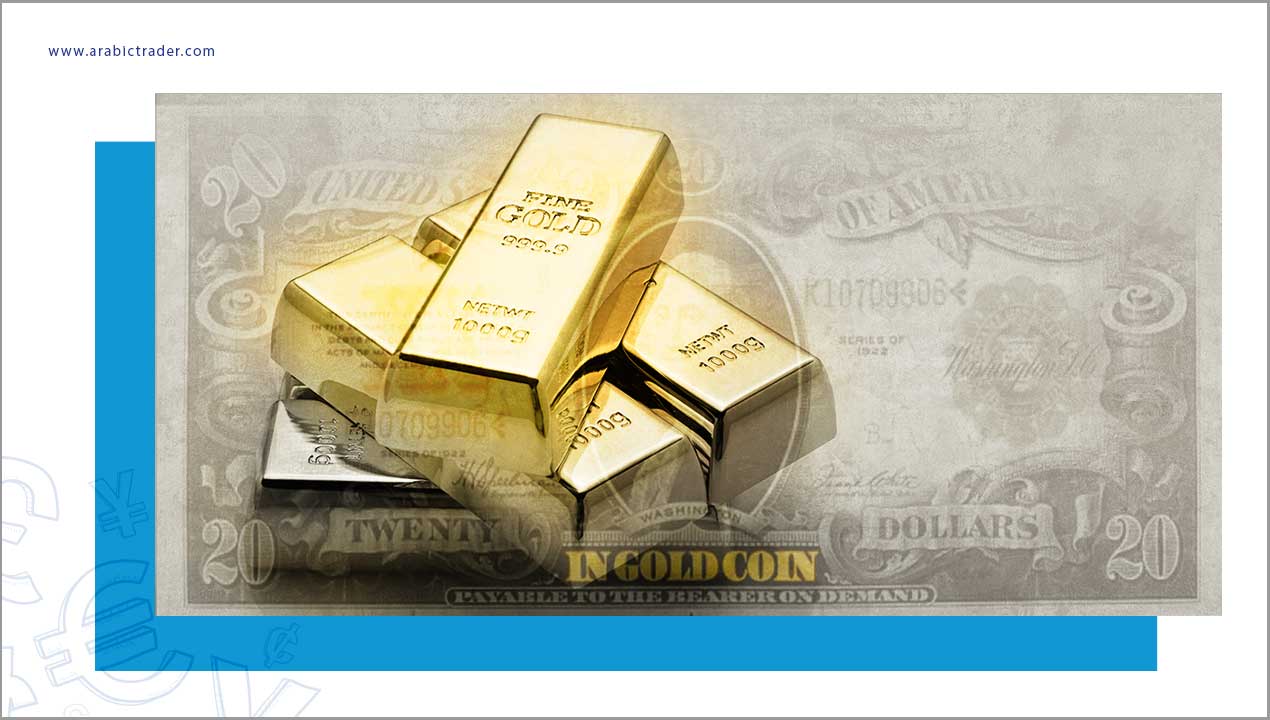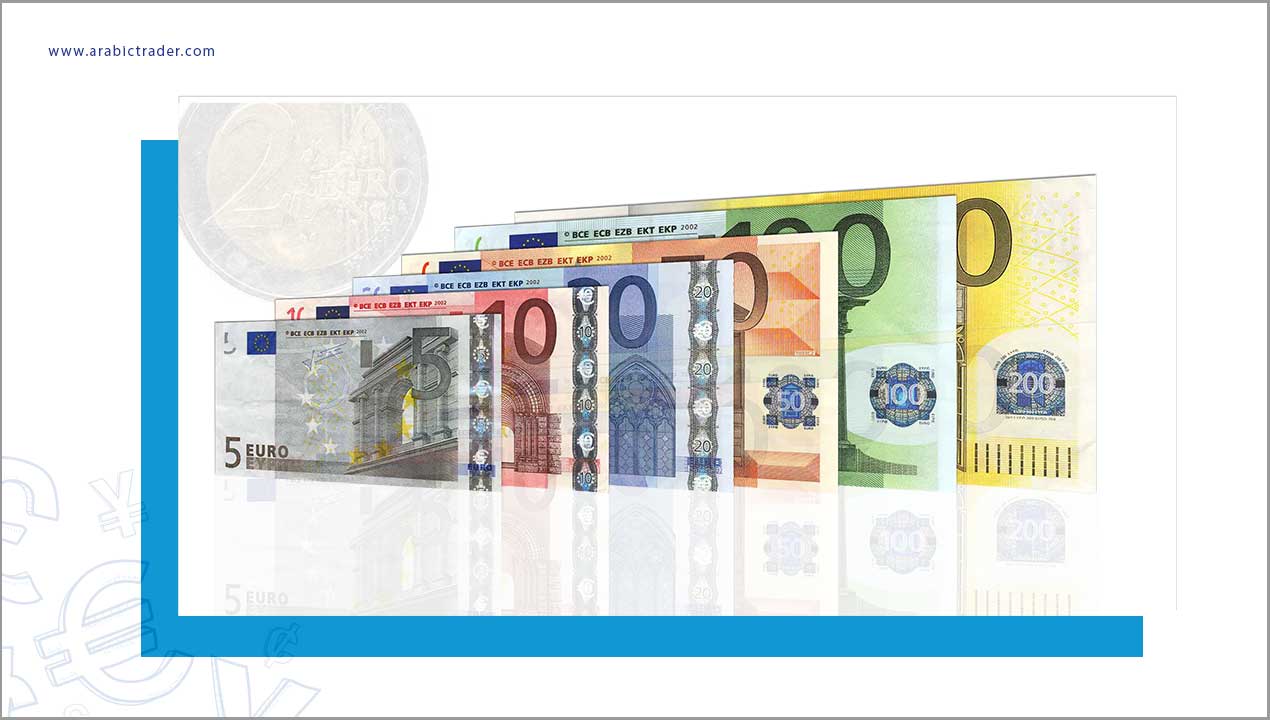Evolution history of the forex market
The currency market has existed since ancient times, but it has not always been in its current form. It has undergone many stages of evolution to reach its present state. Initially, money and currencies were used as a medium of exchange for purchasing needs. In the beginning, they were in the form of gold or silver coins, without the modern connotations of reflecting national economies. In this article, we will explore the stages of the development of the currency market.
Historical Overview of the Currency Market:
The Gold Standard (1876-1933):
Currencies evolved from being metal coins of gold, silver, or copper into paper currencies representing a specific amount of metal, with gold being the standard. Under the Gold Standard, paper currency could be exchanged for gold at any time. However, central banks eliminated the ability to convert money to gold before World War I, leading to the end of the gold backing for paper money. This resulted in a significant increase in the money supply, causing inflation and rising prices for goods and services. Nations facing inflation imported large amounts of gold to balance the money supply, but World War I disrupted trade and halted gold imports, leading to economic deterioration between the two World Wars as countries sought quick fixes for the global economy.
The Bretton Woods Agreement (1944-1970):
In 1944, after the economic decline caused by the World Wars, a conference was held in Bretton Woods, New Hampshire, USA, to address the global economic instability. The agreement fixed currencies to the US dollar, which was in turn fixed to gold at $35 per ounce. The value of currencies was allowed to fluctuate within a 1% margin, with interventions by central banks to maintain their fixed values.

The Collapse of Bretton Woods and Floating Exchange Rates (1971):
In 1970, President Johnson financed the Vietnam War, leading to a US current account deficit and a crisis in the dollar’s value. In 1971, President Richard Nixon suspended the dollar’s convertibility to gold and ended the fixed exchange rate system. Major economies were affected, prompting a search for a new system to restore stability. By 1973, floating exchange rates were introduced, allowing currency values to fluctuate based on supply and demand. This led to the emergence of the currency market, with investment firms trading currencies for profit and retail brokers buying and selling currencies on behalf of clients.
The Emergence of the Euro:
The idea of a unified currency for the European Union began in 1990 with an agreement allowing free movement of capital among member states. The Euro (EUR) was chosen after several proposed names, with the agreement that it would not be named after any member state’s currency. On January 1, 2002, the Euro became the official currency for twelve European countries, replacing their previous currencies. By 2014, nineteen European countries had adopted the Euro, making it the second most traded currency in the world. The Euro reached its highest value against the US dollar in July 2008 at approximately $1.6000, and its lowest value in October 2000 at $0.8230.

Summary of Historical Overview:
- Currencies began as metal coins and evolved into paper money backed by gold.
- The Gold Standard used gold as a benchmark for currency value.
- Central banks abandoned gold backing, leading to significant inflation.
- The Bretton Woods Agreement fixed currencies to the US dollar and gold.
- The collapse of Bretton Woods led to floating exchange rates and the rise of the currency market.
- The Euro was introduced in 2002, becoming a major global currency.
Conclusion:
The evolution of the currency market reflects significant economic and political changes over time. From the Gold Standard to floating exchange rates and the introduction of the Euro, each phase has shaped how currencies are traded and valued today. Understanding this historical context is crucial for comprehending current currency market dynamics and trends.
The Gold Standard was a system where paper currency could be exchanged for a fixed amount of gold, establishing a direct link between currency value and gold.
The Bretton Woods system collapsed due to economic pressures from the Vietnam War and inflation, leading to the end of fixed exchange rates and the introduction of floating rates.
The Euro became the second most traded currency globally and significantly influenced the global currency market by providing a unified currency for many European countries.


